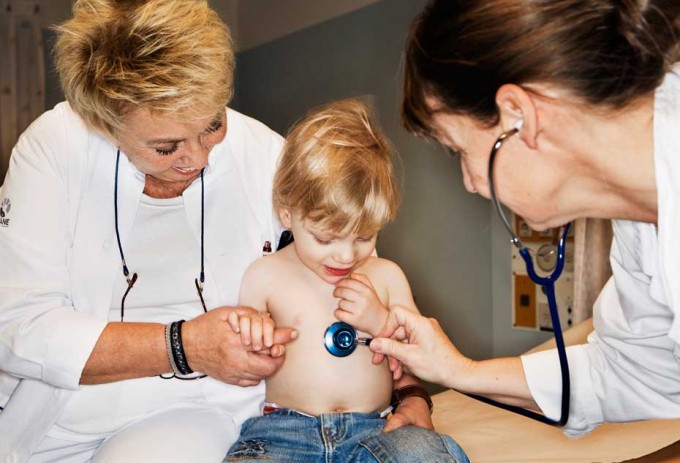
Sweden’s national quality registries have been built up in response to personal initiatives by healthcare professionals and are used in an integrated and active way for continuous learning, improvement, research, and evidence-based management.
The very first Swedish national quality registry was created in the 1970s, based on our early and well-established tradition of systematically noting patient-individualized medical interventions and outcomes after treatment. The Knee Replacement Registry was established in Lund by a number of orthopedic surgeons who wanted to be able to examine the outcomes of their interventions from a longer term perspective.
Today there are about 100 registries that receive central funding in Sweden, in areas such as stroke, hip replacement, dementia, diabetes, various forms of cancer and palliative care.
Competence centers for the national quality registries have been established. In a competence center, several registries share the costs for staff and systems that a single registry could not bear, e.g., in technical operations, analytical work, and use of registry data to support clinical quality improvement, and helping to make registry data beneficial for different users.
Therefore, a continued development of the registries can be assured although the system follows a decentralized model, i.e. each registry is governed by a professional collaboration.
One example is Swedeheart, the Swedish national quality registry for hereditary cardiovascular diseases. Swedeheart shows how quality and compliance with guidelines have increased dramatically over the past 10-15 years thanks to registration, transparent publication of data and benchmarking. The result is an ongoing improvement in quality of life, fewer relapses, and improved survival rates for patients. Mortality as a result of myocardial infarcts has halved over the course of a 10-year period.
The quality registries are also an extremely valuable data resource for research and innovation

Once a registry has been fully compiled, it enables analyses and follow-ups on the results of medical care and treatment in the field covered by the registry for all patients in the country. “Open comparisons”, in which the quality of social and health services throughout Sweden are compared, have been maintained and published since 2006.
These open comparisons show how municipalities and county councils are performing within different quality areas. They provide a basis for development, monitoring, analysis and learning. The aim is also to promote analysis and discussions of the quality and cost-efficiency of activities.
Politicians, employees and the public can view and compare the results for care providers. This has proved to be extremely important, in that benchmarking encourages care providers to be more ambitious when it comes to influencing their own future results and also enables other institution’s good examples to be implemented, thereby promoting development of the medical and social care.



